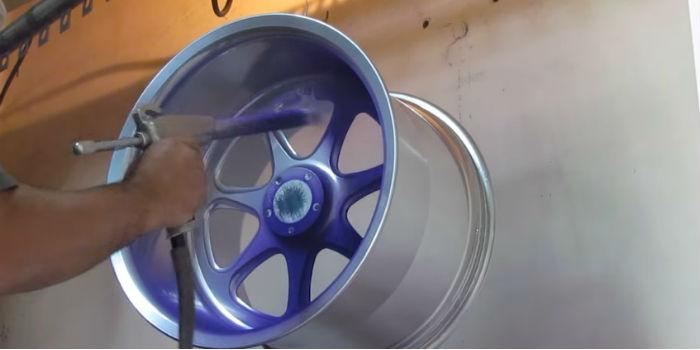 Technology, marketing, more affordable prices, and massification are some of the positive trends that ensure a good future for the powder coating business.
Technology, marketing, more affordable prices, and massification are some of the positive trends that ensure a good future for the powder coating business.
by José Tomás Rojas*
Since its launch on the market in the early 60s, powder coating technology has been growing steadily. What began with a rudimentary application, limited to metal substrates, with very high thicknesses, has been transformed today into a coating that covers a huge number of applications, including appliances, furniture, auto parts, office supplies, sporting goods, medical equipment, among many others, with a variety of colors and finishes, which competes very successfully with traditional liquid coatings.
There are several factors that explain this growth, among them the quality and resistance obtained with powder paints, even without excessive surface treatment, the ease of application, the possibility of achieving a use of almost 100% of the paint, which decreases waste, and, perhaps most importantly, the absence of environmentally hazardous solvents (VOCs). This particularity has allowed powder coatings to adapt to the strictest legislation on environmental protection, both in Europe and in the United States.
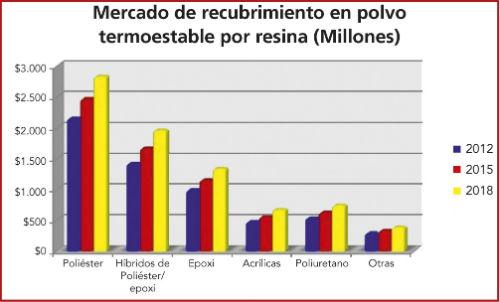
Figure 1.
How does it work?
Powder coating is a coating that comes in the form of a finely sprayed solid. Its formulation consists of resins, co-reaction agents, pigments, fillers and additives. There is no presence of solvents either during their manufacture or during their application. It is applied with special electrostatic equipment, which generates a charge on the dust, which allows it to adhere on the surface, usually metallic, to which it is applied. Subsequently, the applied piece goes through a baking process, where the temperature causes the melting of the resins that are present in the paint, which causes the leveling of the coating, and the chemical reaction with the healing agents. This process allows the formation of a cross-linked film, with high adhesion on the substrate, with excellent mechanical properties, and high resistance to aggressive agents of the environment. During the whole process, there is no emanation of volatiles (VOCs) into the environment.
Trending
Raw materials: When I started formulating powder paint, back in 1990, a kg of epoxy resin cost about US$4. Today, that same resin can be obtained for US$1.75. This fact indicates that the cost of powder coating, at least conventional ones, has been getting cheaper. The reason for this is the emergence of a powerful Chinese industry of resins, pigments and additives for powder coating, which has put a lot of pressure on traditional manufacturers, and which will mean the maintenance of this trend at lower prices.
A lot of research work is being done to achieve resins capable of melting, leveling and curing at relatively low temperatures. This aims to bring powder coating technology to heat-sensitive surfaces, such as plastic and wood. If this goal is achieved, the growth of technology would be exponential. Applications of this nature are already known today, but there are still limitations.
Formulation
In Formulation, finishes that compete with traditional liquid coatings continue to be developed. Textured, metallic, high and low gloss paints are already available, with a huge variety of colors. It has also been possible to develop paints that require less time and baking temperature, which has allowed to reduce energy costs.
Now, as a trend, powder coating begins to target spaces where in addition to its ability to decorate surfaces, its excellent mechanical chemical resistance is being taken advantage of. We are talking about powder paints with high resistance to corrosion (6000 Hrs of saline chamber), paints to coat architectural metalwork, capable of guaranteeing their appearance for 10 and up to 20 years. Paints capable of resisting, in conjunction with the applied part, machining and die-cutting operations, and paints with antibacterial protection for medical equipment. Functionality is the trend.
Equipment
It's not just raw materials that have felt the strong presence of Chinese technology. In the field of manufacturing equipment, the Chinese metallurgical company has managed to develop all the equipment used to manufacture powder paint. The city of Yantai is famous, because there you can get all the necessary equipment to set up a powder painting operation. From small manual lines, of 200 Kgs per hour, to fully automatic lines of 2,000 Kgs hour, controlled by PLC, at costs unimaginable at the end of the 20th century.
The equipment itself no longer only works to manufacture the paint, it is also auxiliary in the formulation. You can change the arrangement of a process, and get textured paints, instead of smooth finish paints. The particle size distribution of the powder can be modified by altering the arrangement of the sprayers. Production lines that demanded eight operators, today only require three for the same production capacity.
Conclusion
Powder coating technology will continue its growth. Apart from all the benefits of its use, there is the stimulus that comes with complying with new and stricter environmental regulations.
Additionally, the lowering of costs in manufacturing equipment, allows to set up a small production plant, with low operating costs, and a quick return on investment. The future of powder coating is assured.
* José Tomás Rojas. TROJAS Pinturas, F.P. You can send your comments to the email [email protected]



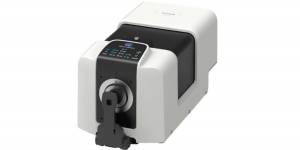



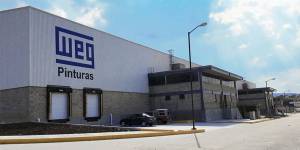

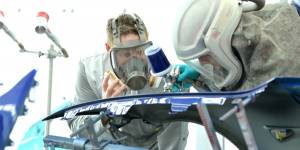
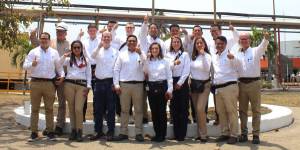














Leave your comment